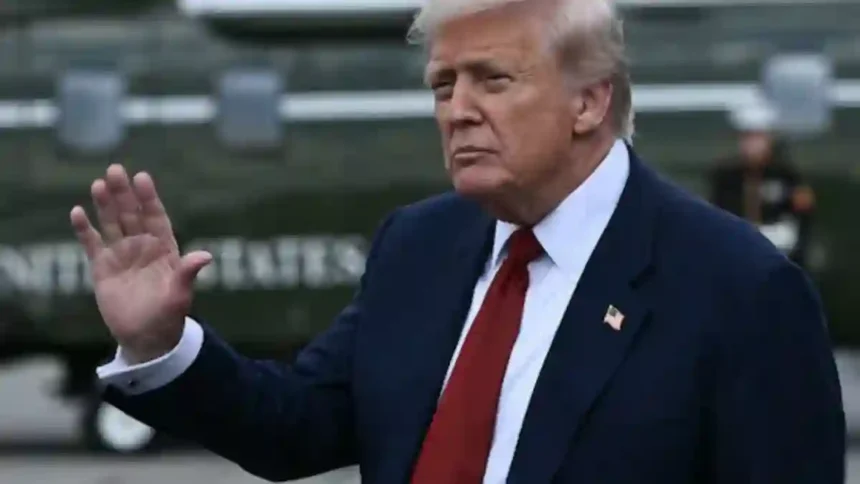In a series of bold policy moves, former U.S. President Donald Trump has announced a set of sweeping economic and foreign policy initiatives that could reshape global trade dynamics and U.S. monetary leadership. Among the key proposals is a 100% tariff on all semiconductors manufactured outside the United States, a move aimed at boosting domestic chip production and reducing reliance on foreign supply chains.
Semiconductor Tariffs to Boost U.S. Manufacturing
Under the proposed plan, only semiconductors produced within the U.S. would be exempt from the new 100% import duty. The measure is expected to significantly impact global chipmakers and has raised concerns among tech giants that depend on foreign-manufactured chips. The administration is also weighing additional country-specific tariffs and exploring secondary sanctions, particularly targeting China, as part of its broader strategy to realign global supply chains.
Federal Reserve Leadership Shake-Up
On the monetary policy front, Trump revealed that a temporary Federal Reserve Governor will be announced within the next three days. He confirmed that the shortlist for the next Federal Reserve Chair has been narrowed down to three candidates, all currently undergoing final interviews. While speculation swirls, sources indicate skepticism over the potential appointment of Bessent, a name that had previously been floated for the top job.
Tough Talk on Iran, China, and Russia
In parallel to his economic agenda, Trump issued a stern warning to Iran, urging the country to halt any development of nuclear weapons. He also hinted at the possibility of new tariffs on China in response to its continued purchases of Russian oil, signaling a tougher stance on nations supporting Russia economically.
The administration is also reportedly preparing to roll out additional secondary sanctions on Russia, aimed at tightening the economic noose on Moscow amid ongoing geopolitical tensions.
Implications for Global Trade
If implemented, these measures could have far-reaching implications across the global economy—particularly for technology companies, semiconductor manufacturers, and international trade partners. The proposed tariffs, especially on foreign semiconductors, come at a time when the U.S. is ramping up efforts to expand its domestic chip production through public-private partnerships and legislative support.
As the Fed leadership decision looms and tariff plans unfold, markets and international stakeholders are bracing for potential shifts in trade flows, interest rates, and geopolitical alignments in the coming weeks.









